Final Presentation for HomeShare OC
Nov 30, 2022 | ZOOM RECORDING


Nov 30, 2022 | ZOOM RECORDING









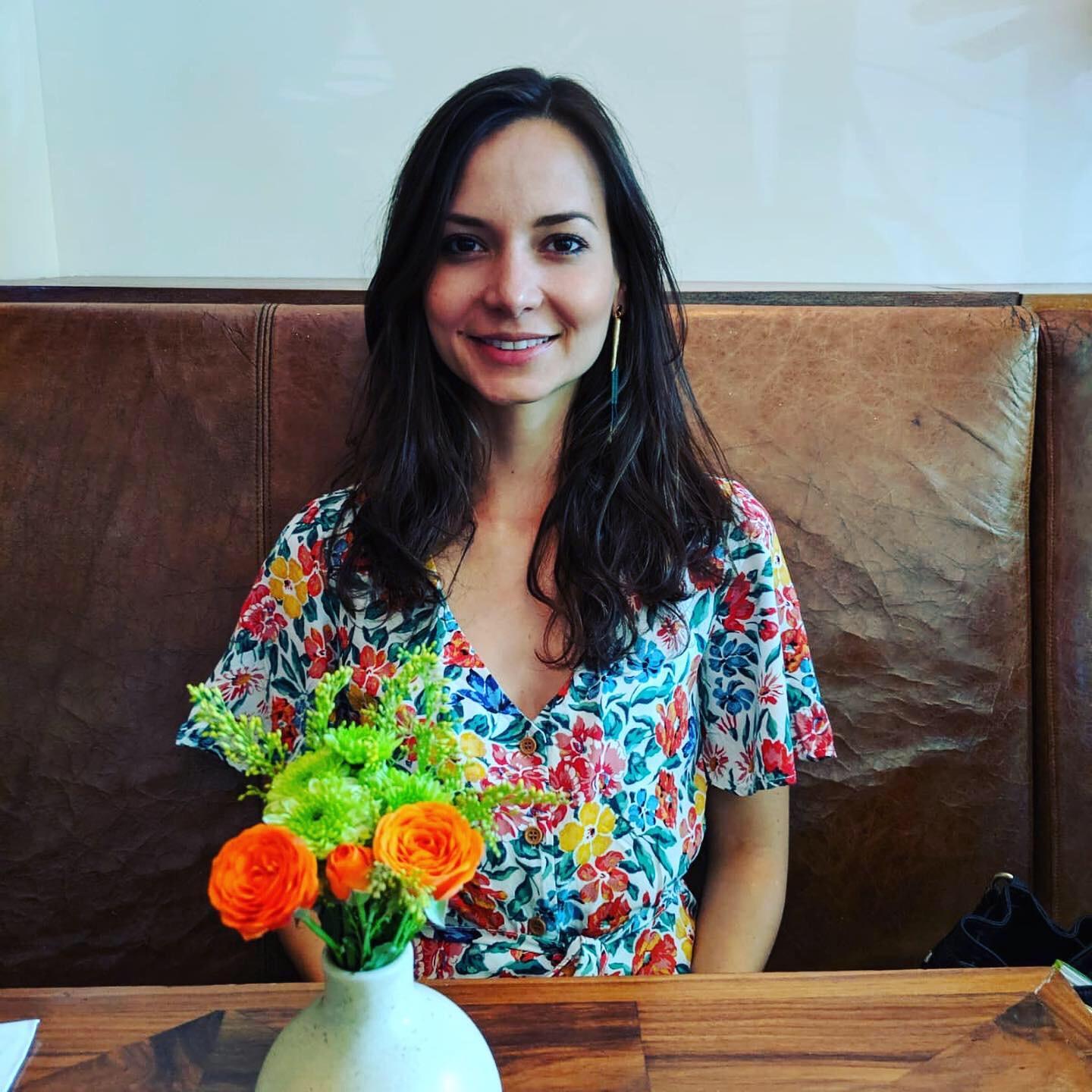
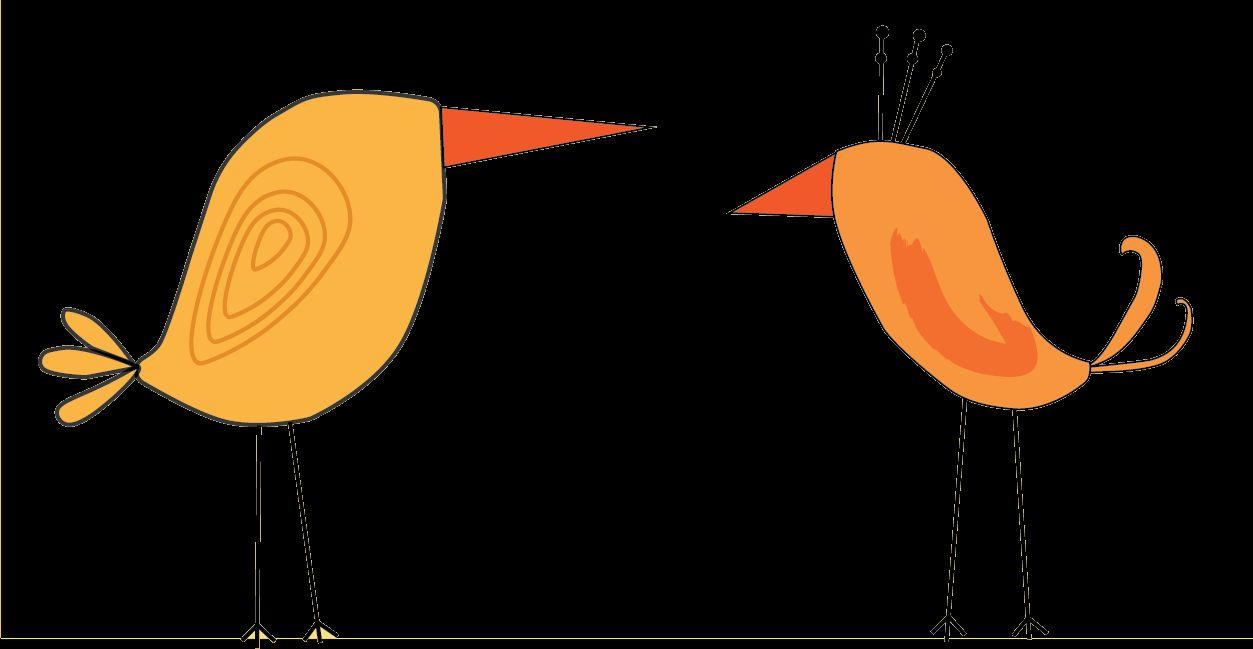

(1 min)
mins)
(15 mins)
ToolShare
Community Exchange Program
SkillShare
Buddy Program
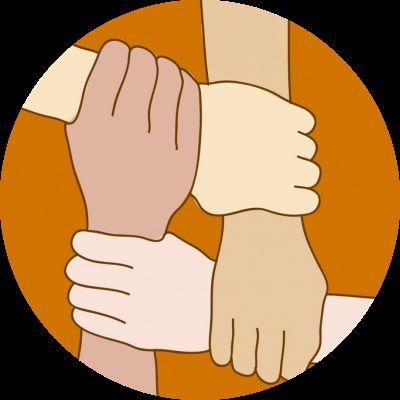
Bonding Kit
Birds of a feather flock together. When strangers start living together,forming a trusting relationship can be hard.
This kit helps home sharing participants build a deeper connection and create a more empathetic— rather than transactional—relationship.

Forging Empathetic & Deeper Relationships
Foster empathy and a sense of connect between participants and avoid transactional relationships
Catalyzing Personal Growth, Together
Help participants empower each other and work towards a better version of themselves
‘Humanizing’ the two segments
Breaking barriers and biases against the unhoused and older adults and changing the narratives
Inspiring more people to join the program
Listening to stories of participants who created lifelong relationships, more will be motivated to join in!
Connect
Extending yourself to others
Self-actualization
Realizing your full potential
Esteem
Respect yourself and others
Relationships
Sense of belonging and love
Safety
Offering a secure and stable environment
The basics
Shelter, food, water
Fit check
Empowered matchmaking
Facilitating connect at a deeper level to intentionally build and maintain relationships
Encouragement to pursue growth And reach fulfillment
Sharing gratitude, traumas, boundaries, and fostering mutual respect,
Sharing life stories, experiences, learnings, as well as knowledge and skills
Exploring what safety and security means and consciously creating a safe space
Defining rules of the house, dividing chores, and staying accountable for ones tasks
Empowered matchmaking that helps homesharers decide if they’d be a good fit for each other
HIS-OC introduces potential pair to each other
PRE-HOMESHARING POST-HOMESHARING
Homesharing starts

2 An individual personality diagram visualization is displayed based on their answers
4 HIS-OC can compare successful matches and their visualizations to better understand criterias for success
1
Each participant responds to an online questionnaire (with the help of a volunteer if they are uncomfortable)
3
Before a prospective pair meets, a comparative visualization is shown to both
1. I try to investigate an issue to find a solution acceptable to both of us
2. It is important to appreciate things such as health, family, and friends.
3. I respect a person's viewpoint even when I don't agree with it.
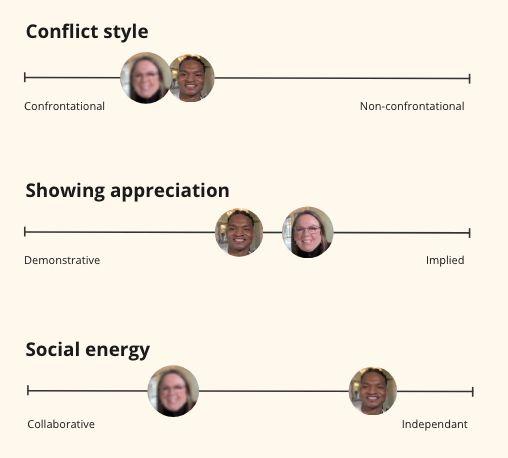
4. What are 5 things you like to do outdoors?
5. What are 5 things you like to do indoors?
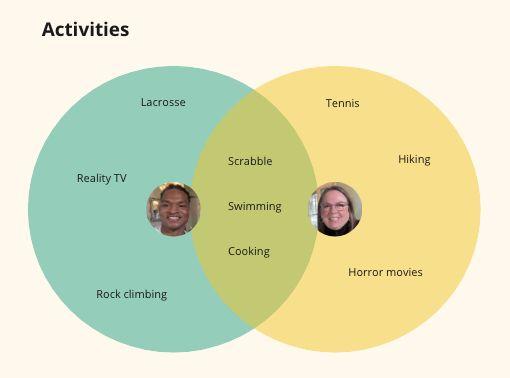
● Help prospective matches gain insight about each other along metrics that are important to them
● Valuable to HIS-OC as tool to evaluate successful matches


via Chore Checklist
WHY: Divide home task in a fair manner. Would help homeowners and students to stay organized and accountable for home responsibilities and avoid co-living misunderstandings
WHERE: In the kitchen (fridge)
HOW OFTEN: There are some task that are daily, weekly and monthly
HOW: 1) Define tasks and frequency 2) Write down responsible 3) Track your own 4) Share and evaluate what is working and what it isn't
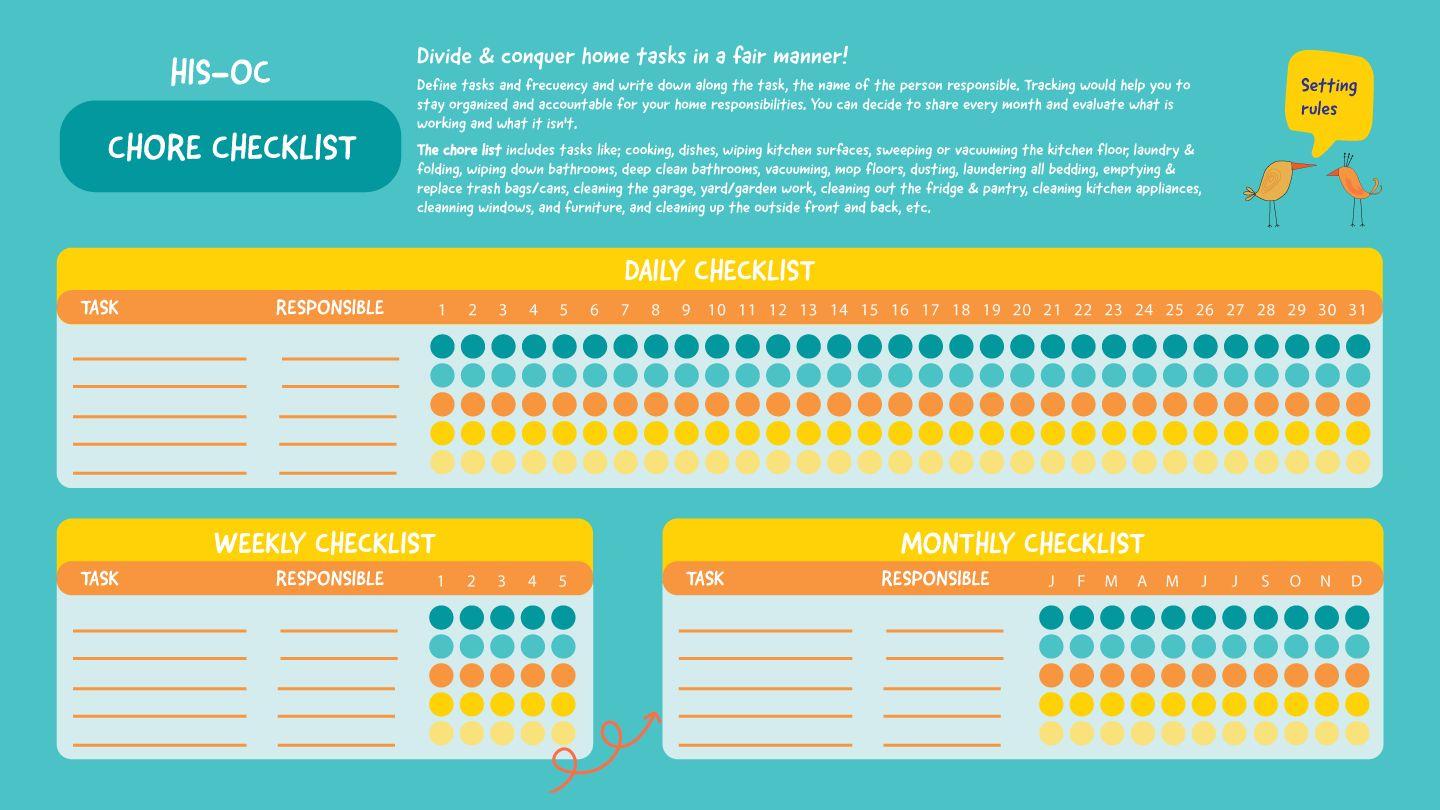




Safety via the Safe Space Kit
WHAT: A printable sheet that contains ground rule to ensure home safety- individually & collectively.
WHY: Accidents can happen but are best avoided. Ensuring home safety and creating a safe environment takes conscious effort from each person living in the house and this list is a reminder of what to do and not do.
WHERE: On the fridge or a common pinboard.
HOW OFTEN: Day of moving in.
HOW: This is ideally a collective activity.
1. Sit together and read through the list.
2. Discuss what you feel about each point.
3. Talk about anything else you think is important.
4. Develop a shared understanding and be safe!

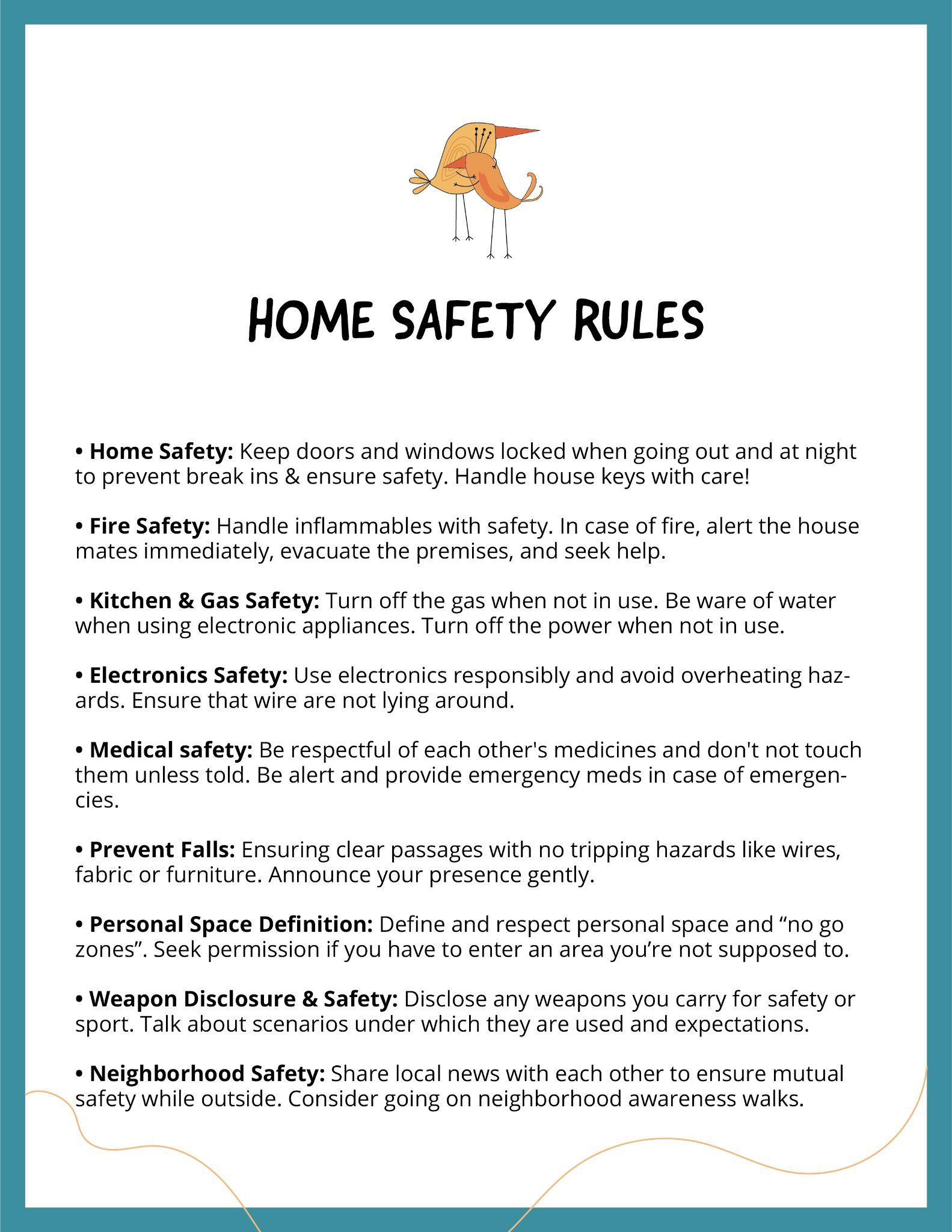
WHAT: A small book containing contact details of people to reach out to in case of an emergency related to the participant
WHY: Emergencies can occur anytime and come without warning. Empowering your housemate with the right information to better help you is important in critical times.
WHERE: By the telephone or in a central space
HOW OFTEN: Create just before moving in or on the day of and access as needed
HOW: This is ideally a collective activity.
1. Find some quiet time together.
2. Fill out the workbook together while openly sharing your experiences & expectations.
3. Keep the books in a central location.



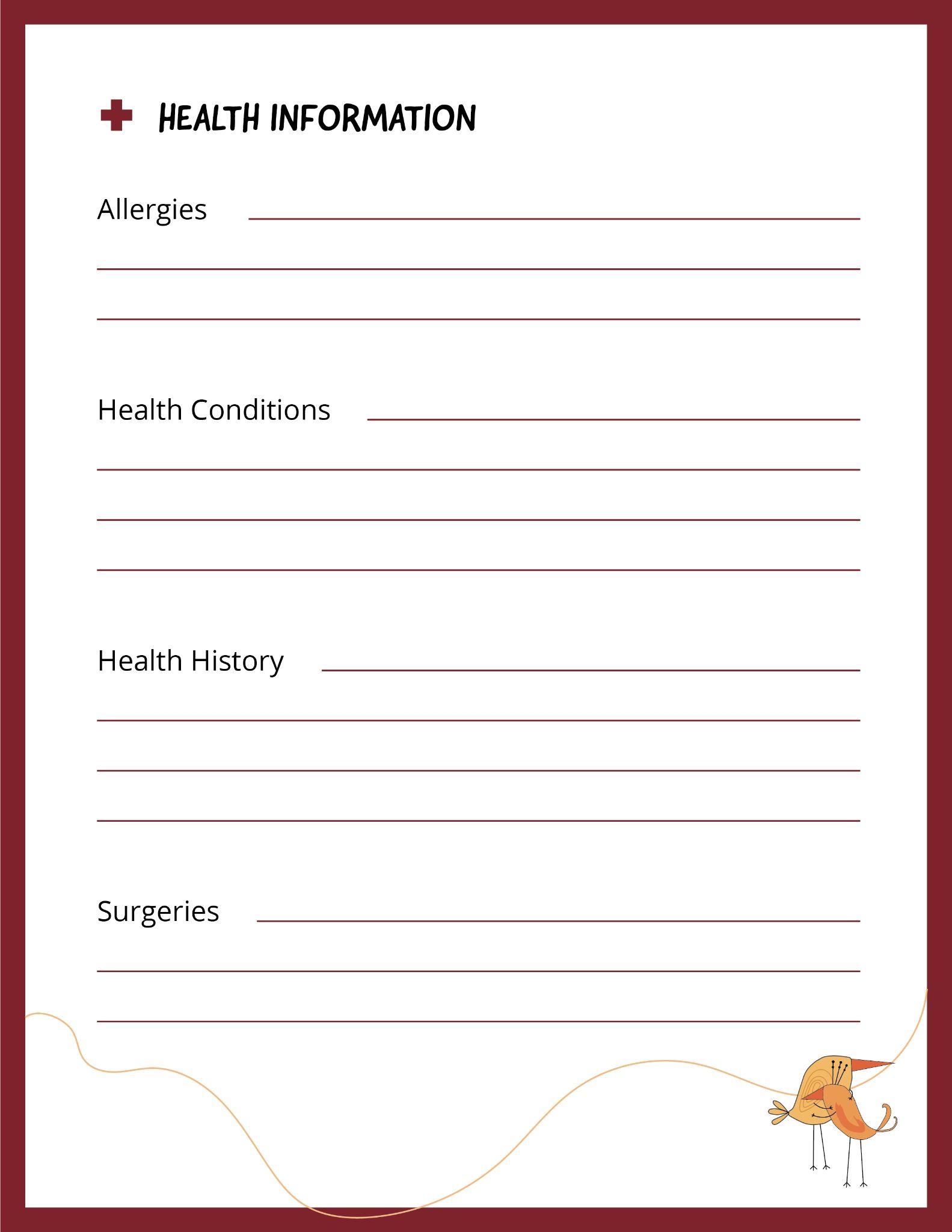






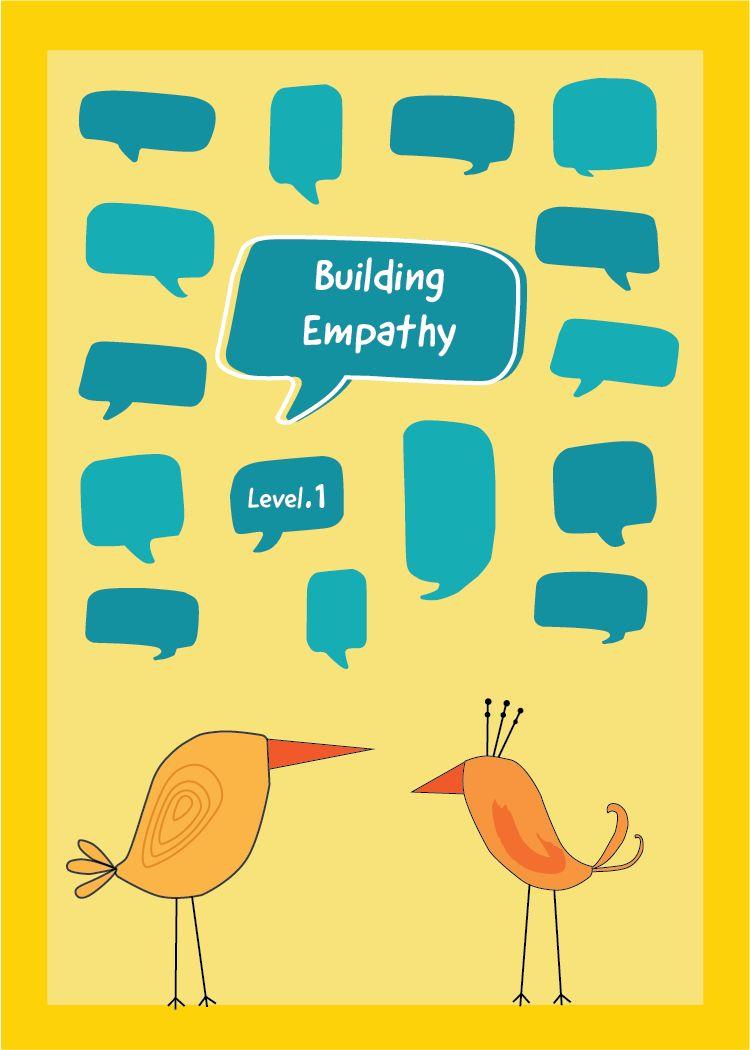

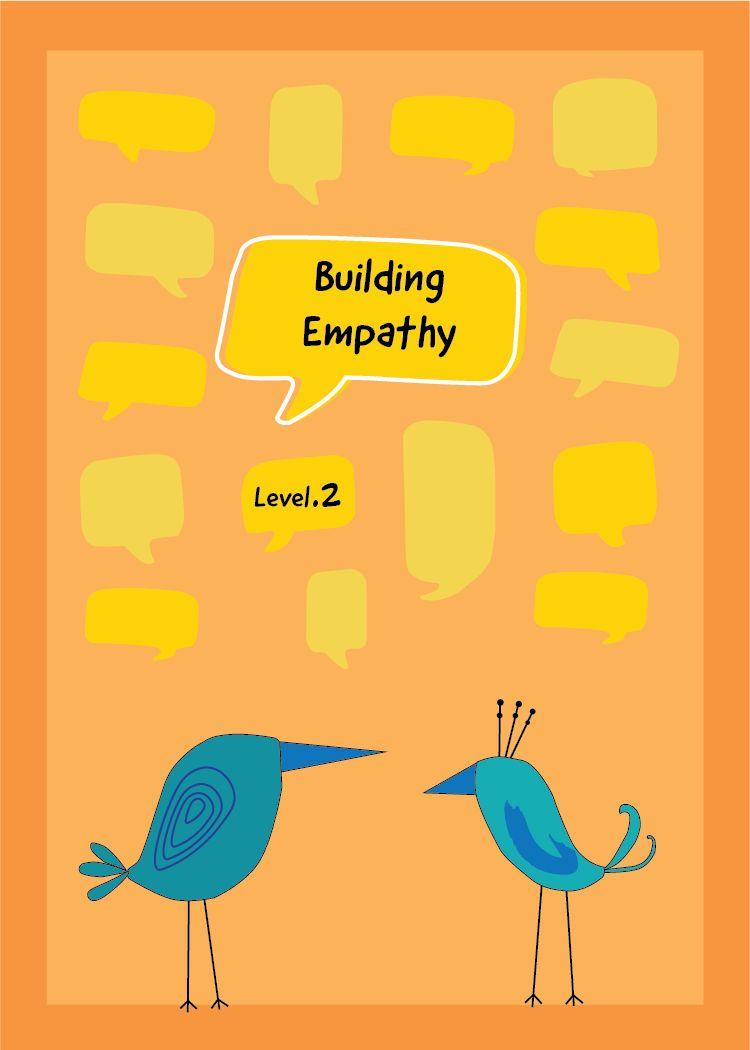
WHAT: Deck of cards with prompts
WHY: Living with a stranger can be hard. These cards are an invitation for homeowners and students to connect by having meaningful conversations, find similarities amongst them and empathize with each other.
WHERE: In a quiet space, e.g. at home, in a cafe, in a park





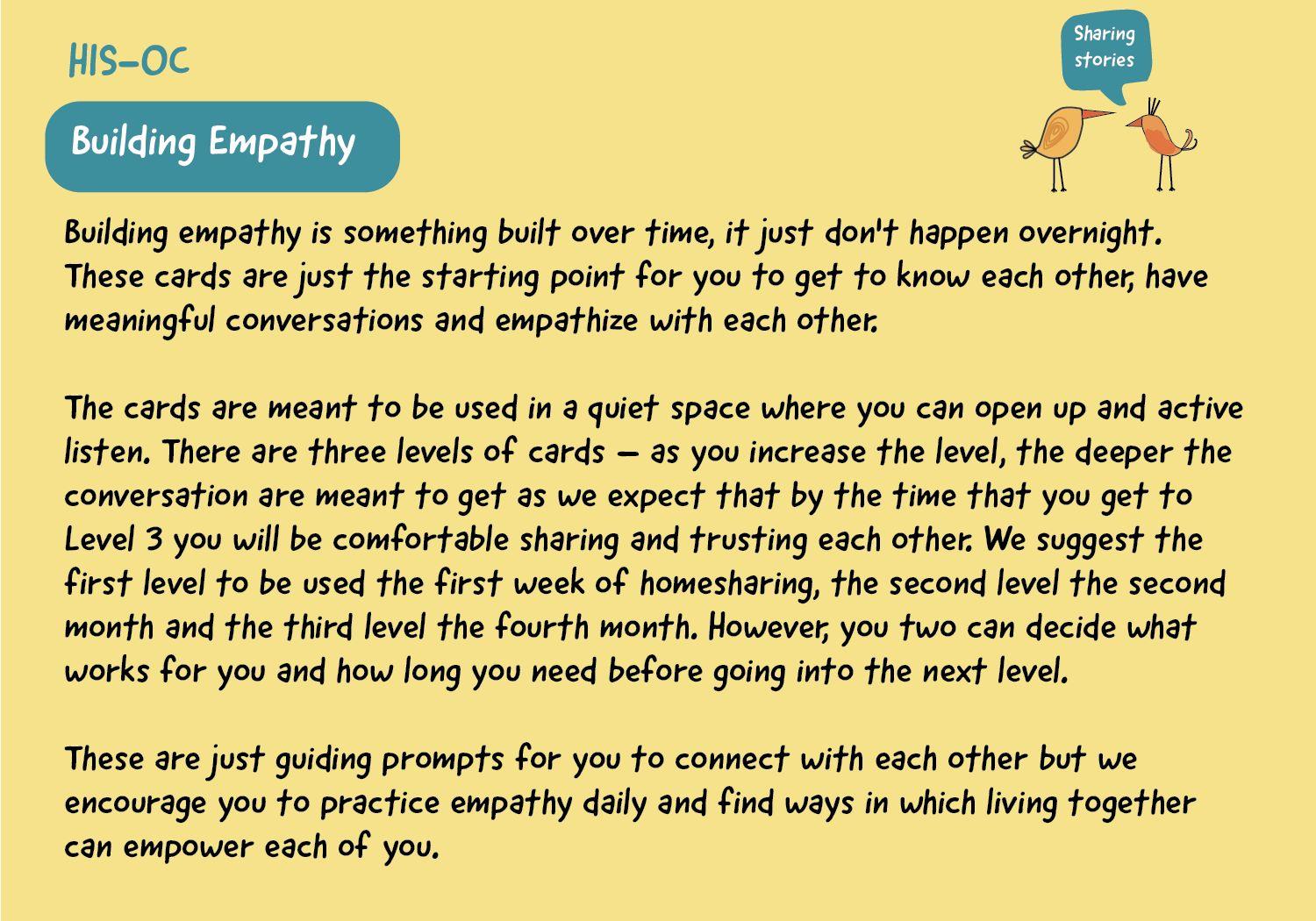
● Personality ● Background / Life story ● Skills


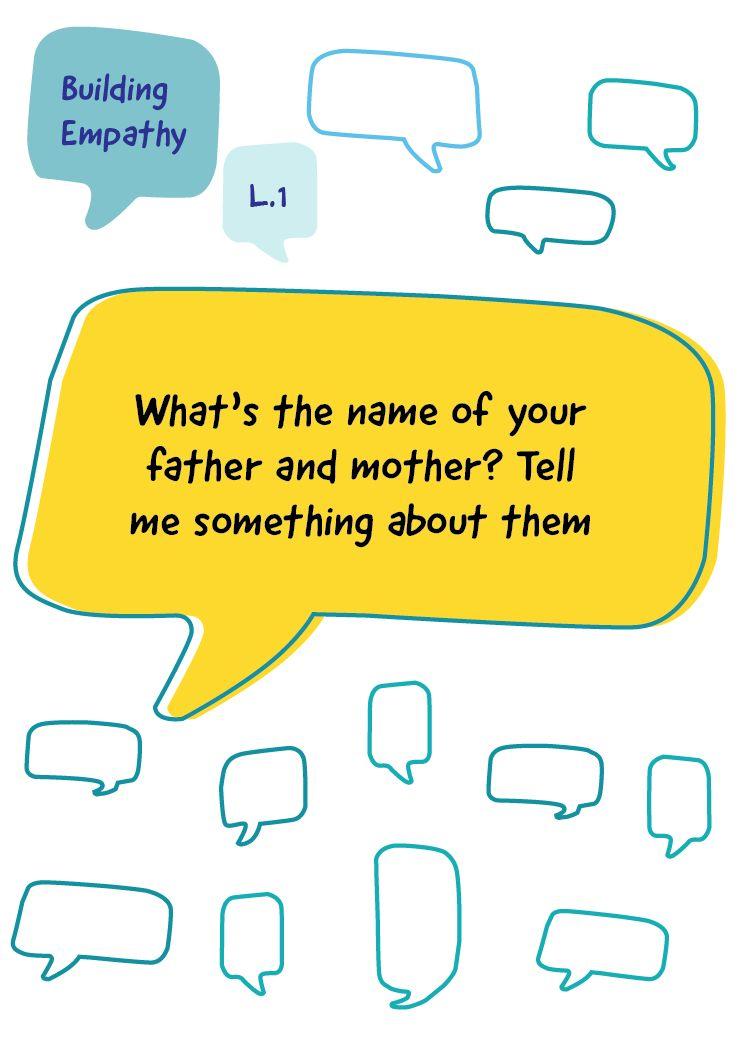

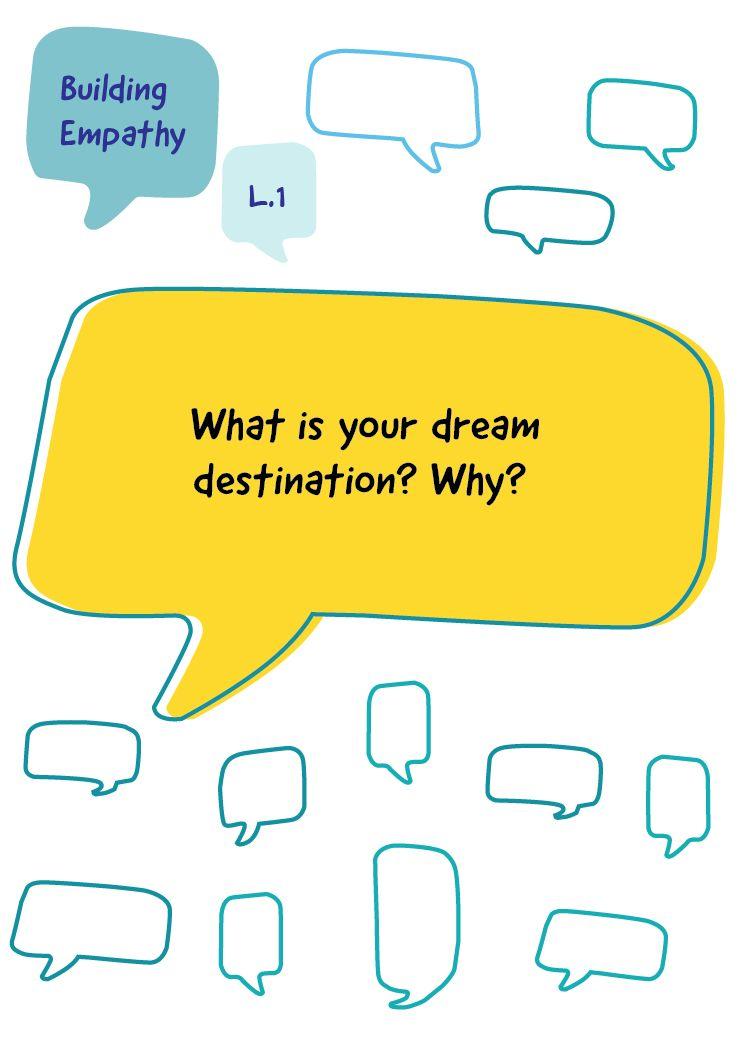
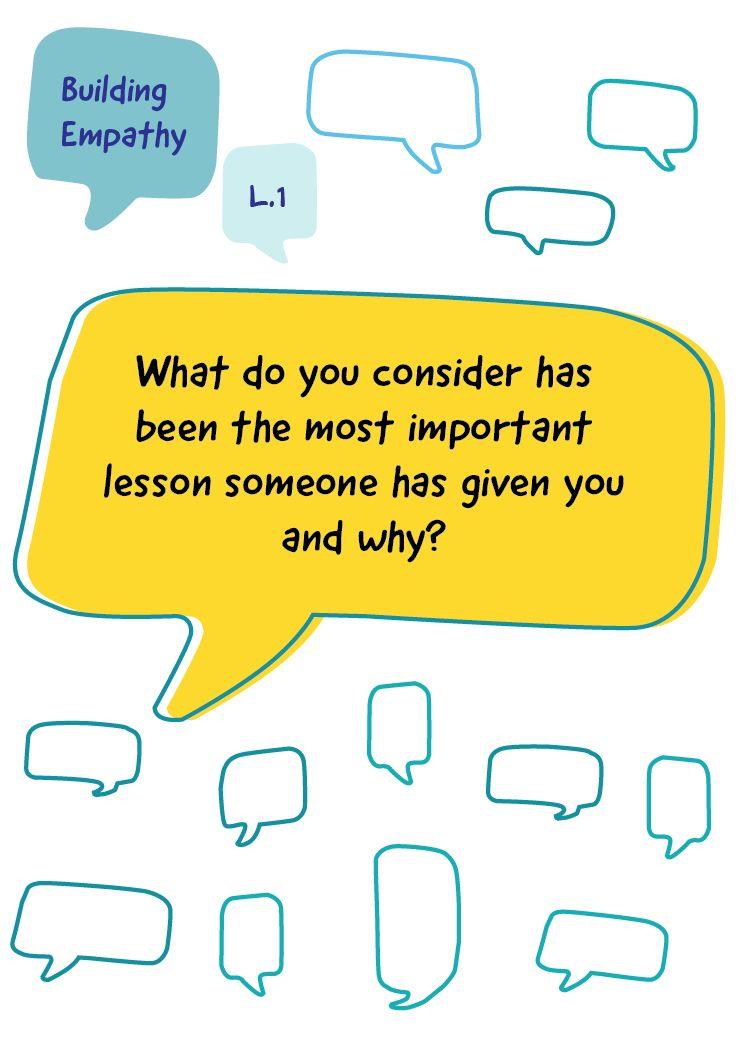
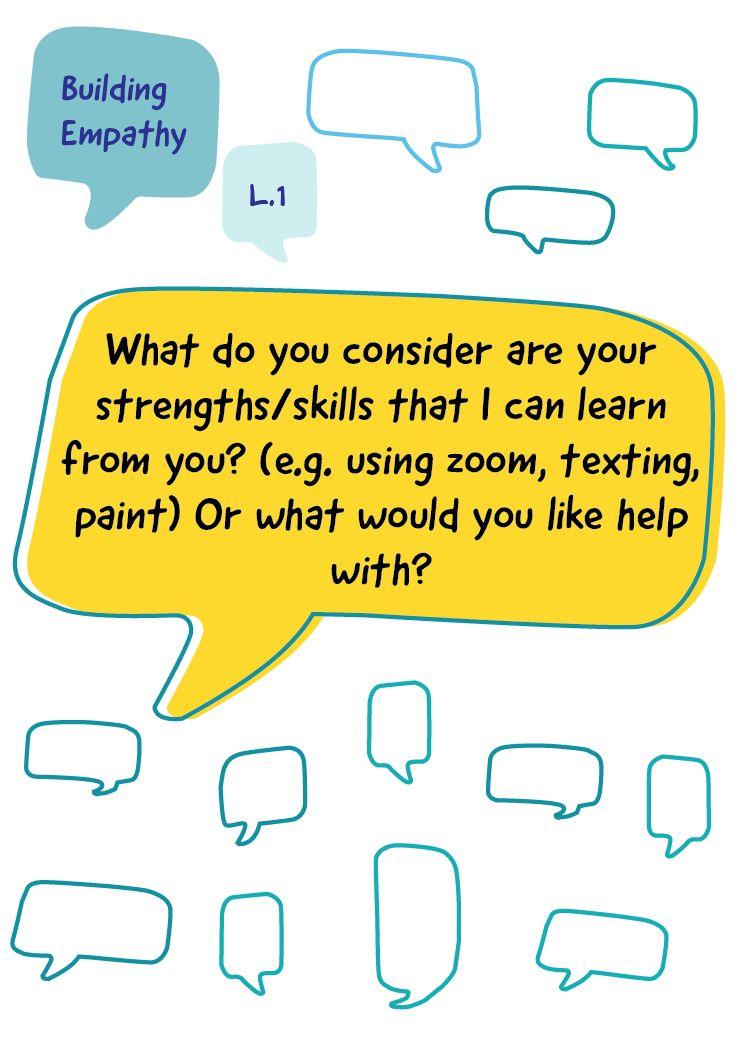
● Likes & Dislikes
● Dreams & Aspiration
● Care Language

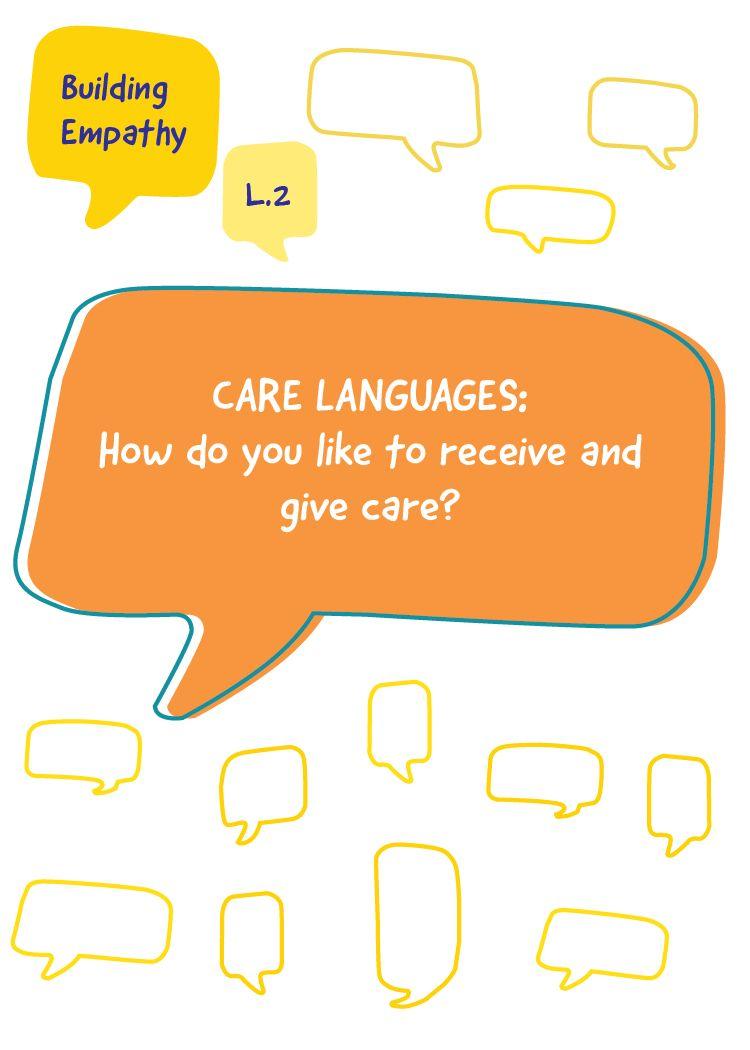
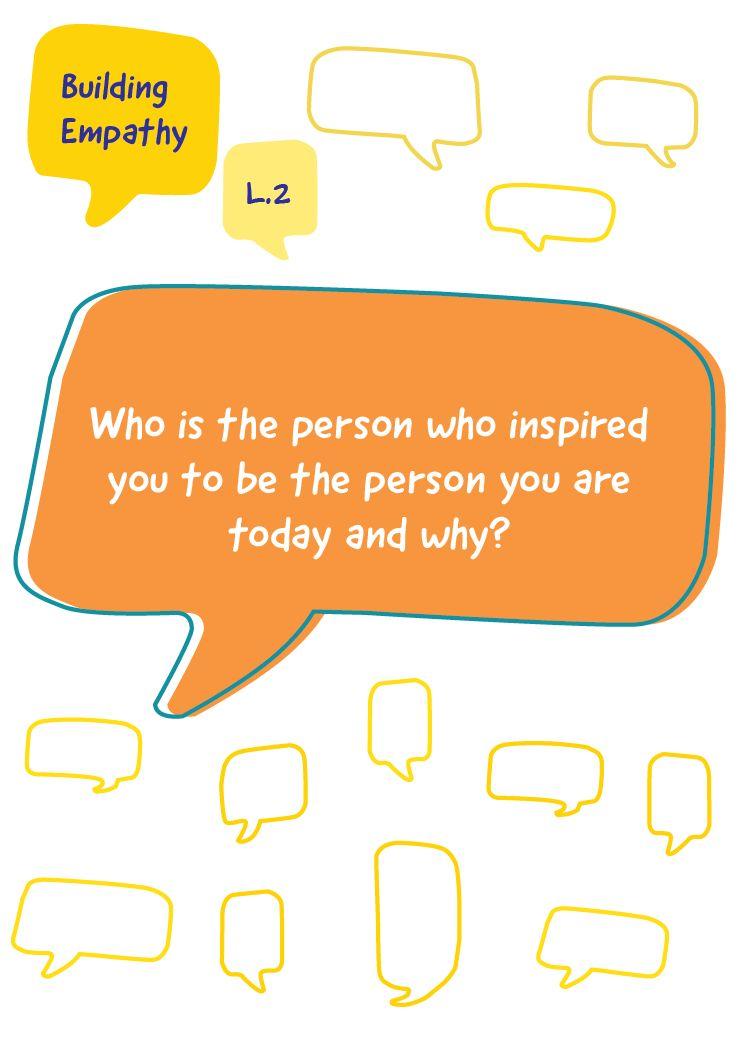
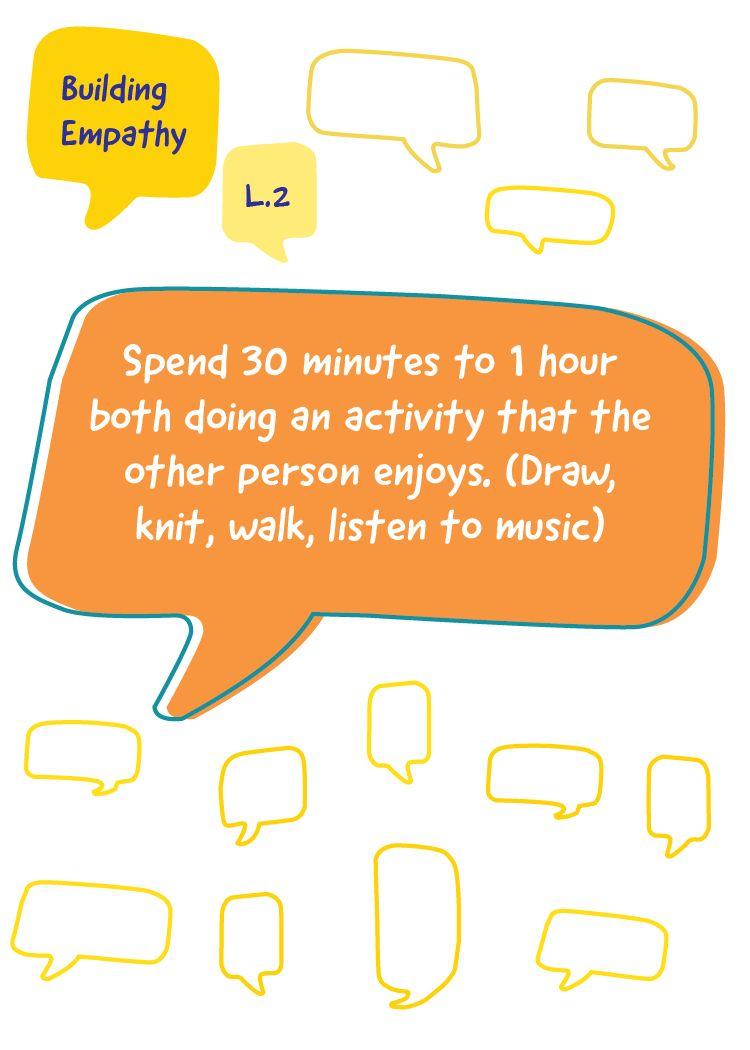
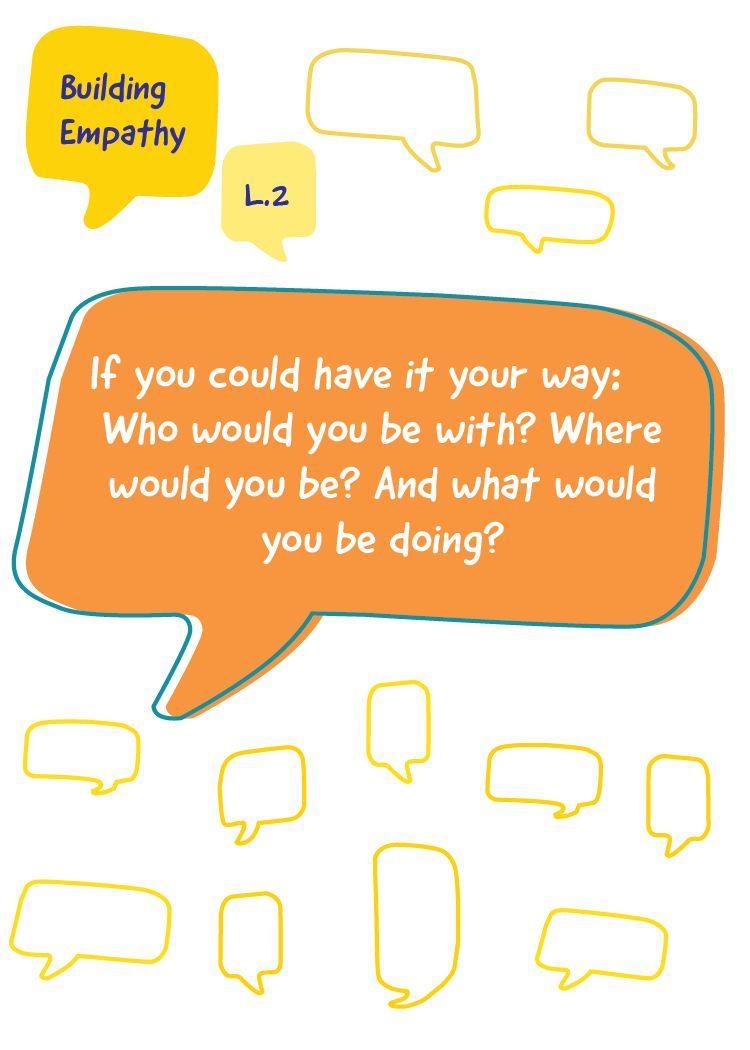
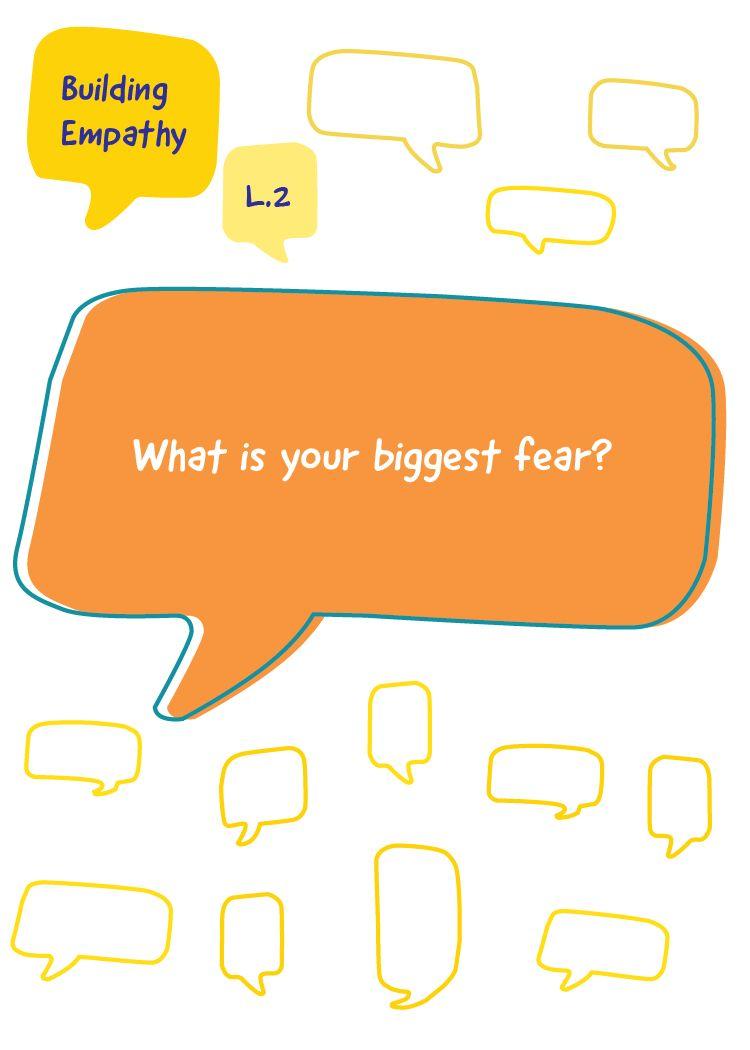

● Valuing the Other
● Looking inside
● Vulnerability

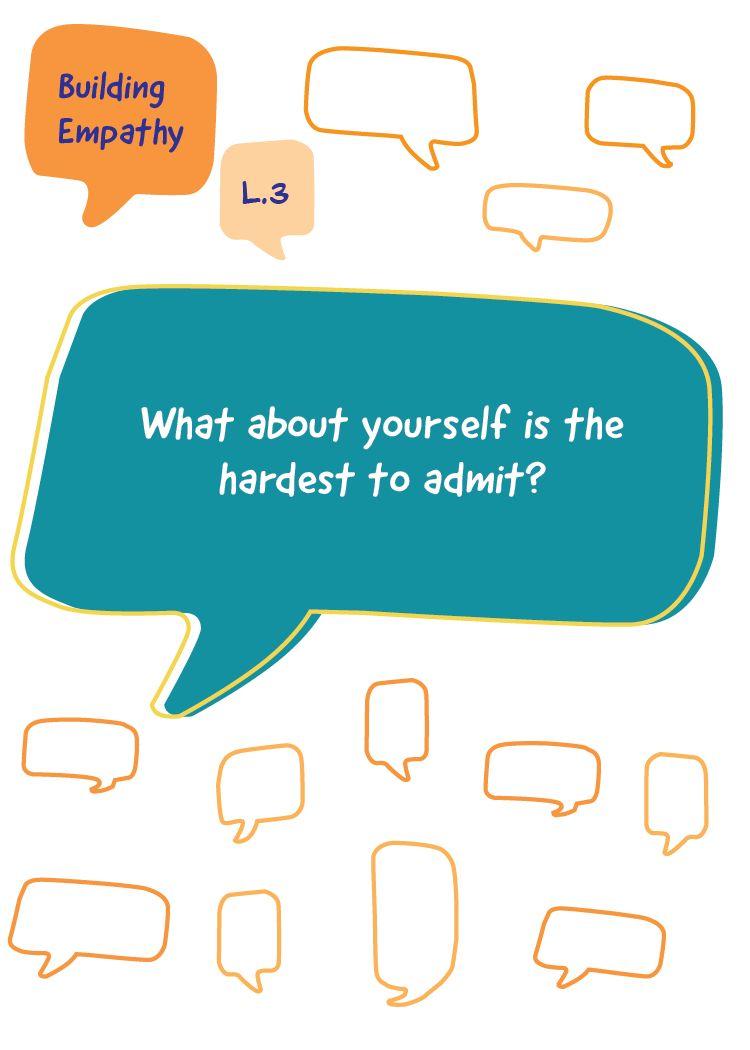
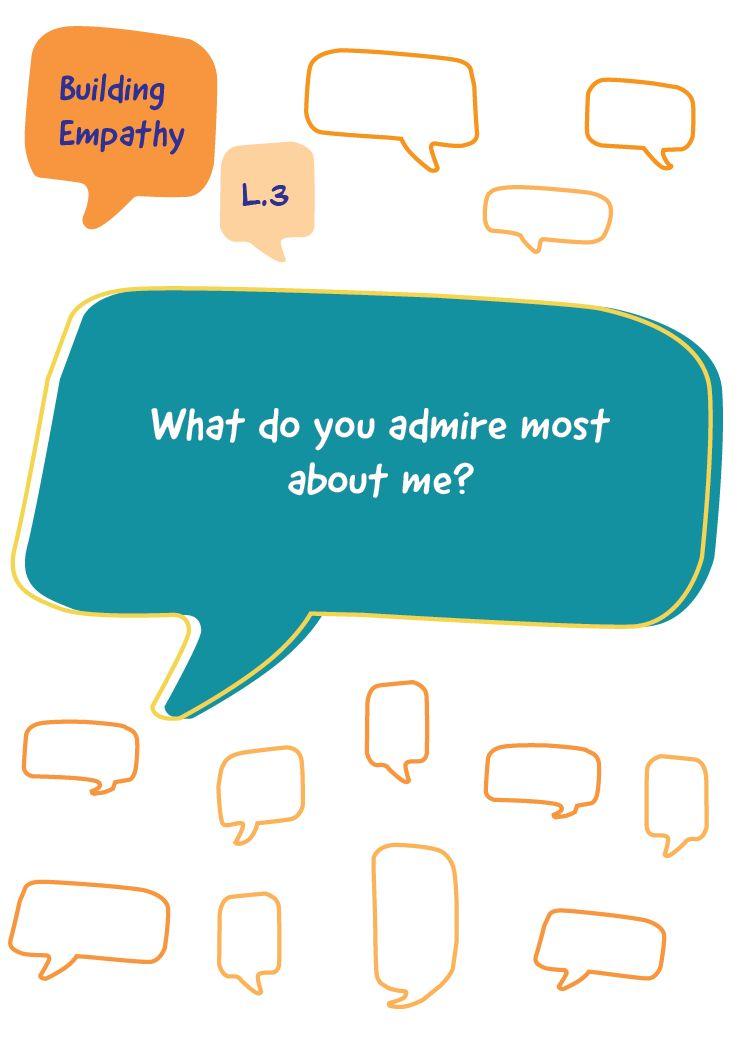
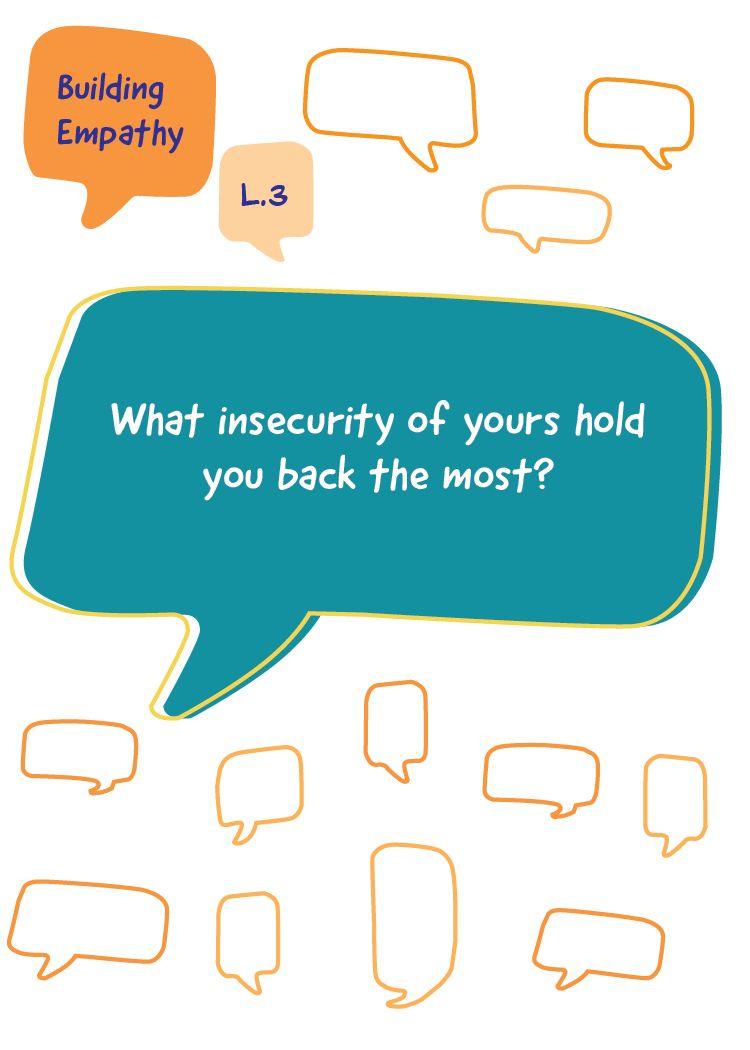

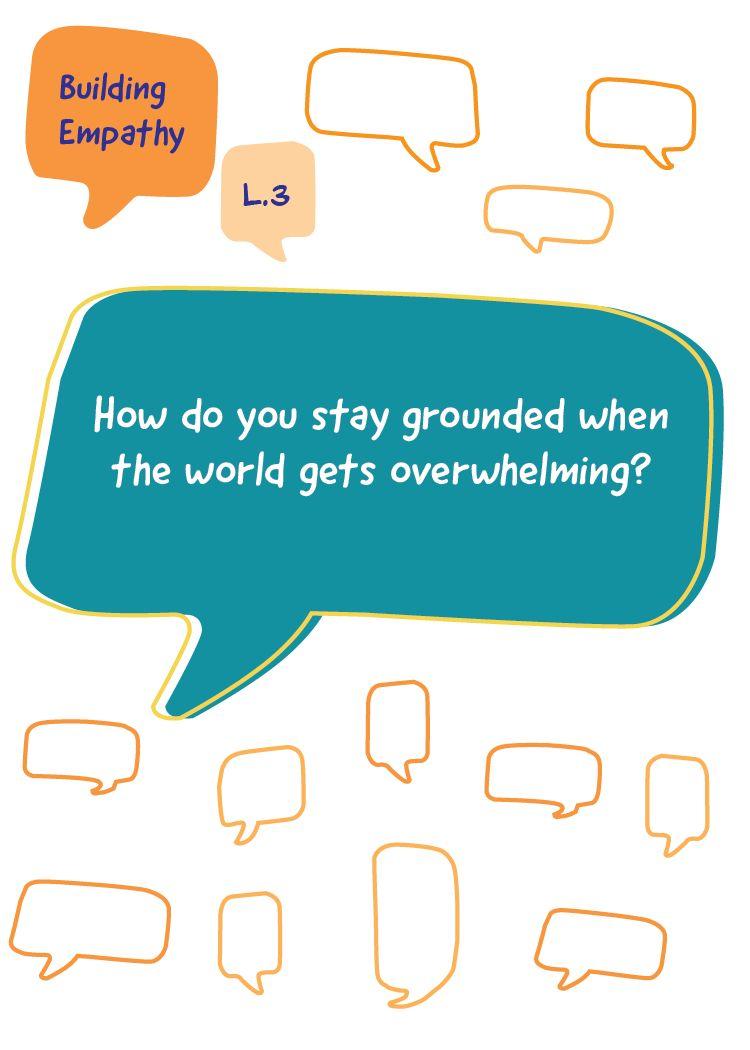
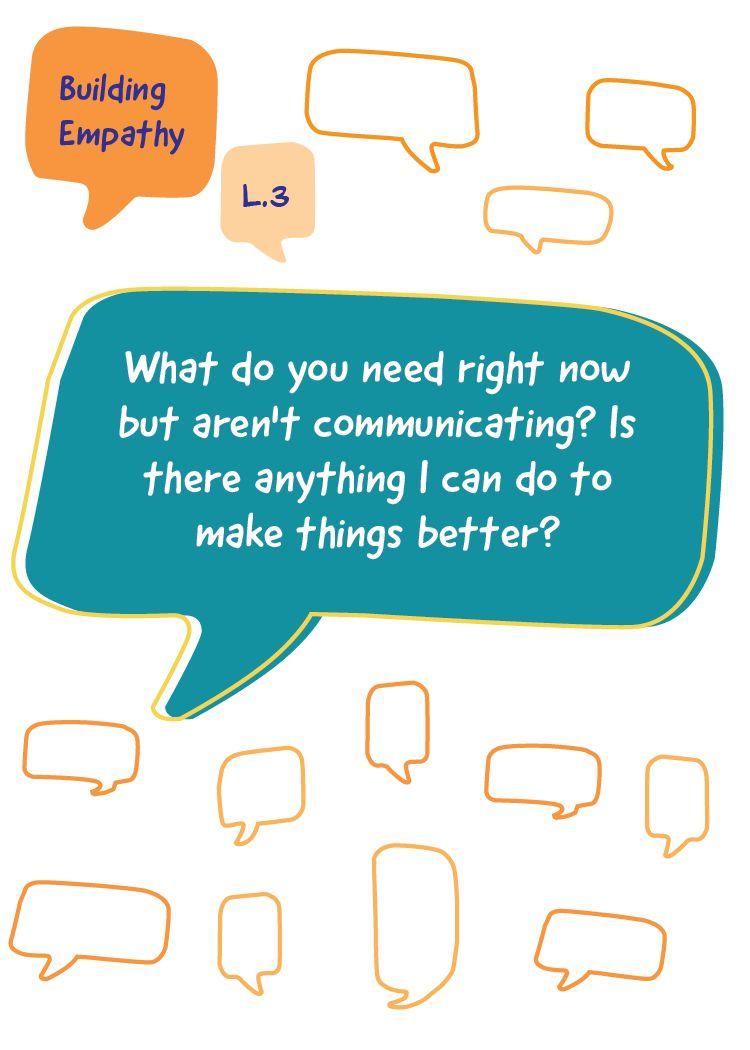
2
Person A pulls out a card and reads it out
1
Be together in the same space, ready to open up and actively listen

3
Person B answers the question, then Person A answers too
4 Pull out more cards until you complete the level








WHY: Increases emotional value, creates long and stronger relationships, and improves positivity
WHEN: At the beginning of the HS- OC students and homeowners will received the kit with the gratitude jar.
WHERE: In a common space. Over time, the jar will be filled with many reasons to be thankful for. They both will feel lucky to have the other person's support.
HOW: 1) Write down » 2) Share it or not »
HOW: 3) Place it on the jar » 4) Exchange jars
HOW OFTEN: No frequency recommended as we believe they shouldn't be a limit for sharing gratitude
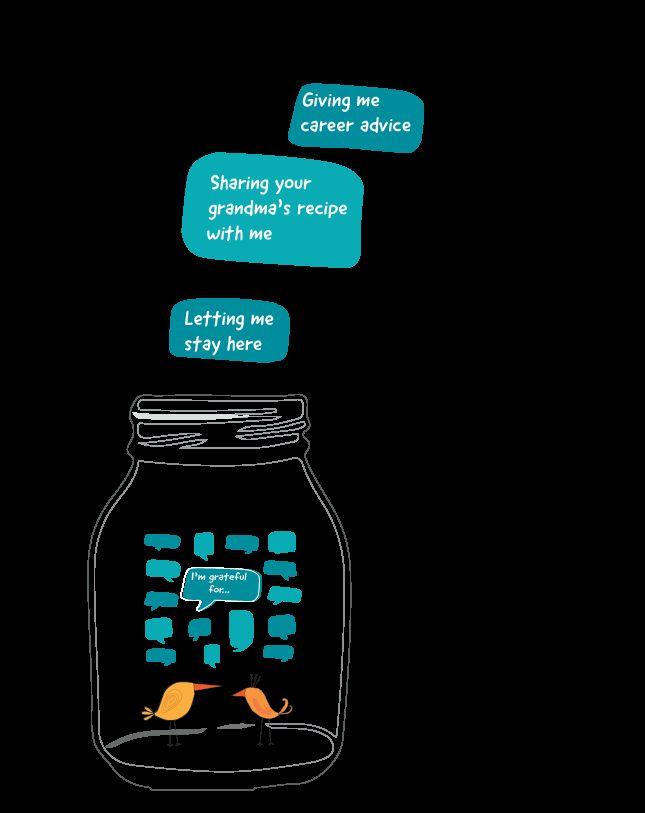


WHY: When one reflects, they gain a better understanding of what's working and what's not, allowing them to make better decisions
WHERE: Independent activity meant to be done in a relaxing, quiet space conducive for reflection

“Dear Future Me” #1
Hey there! Before you fill this out:
1. Ensure you’re in a space free of distractions

2. Play some mellow music—it helps!

3. Take ten slow breaths. Focus your attention fully on each breath, on the way in and on the way out.
REFLECTION GUIDE

LETTER #1 MID-HOMESHARING

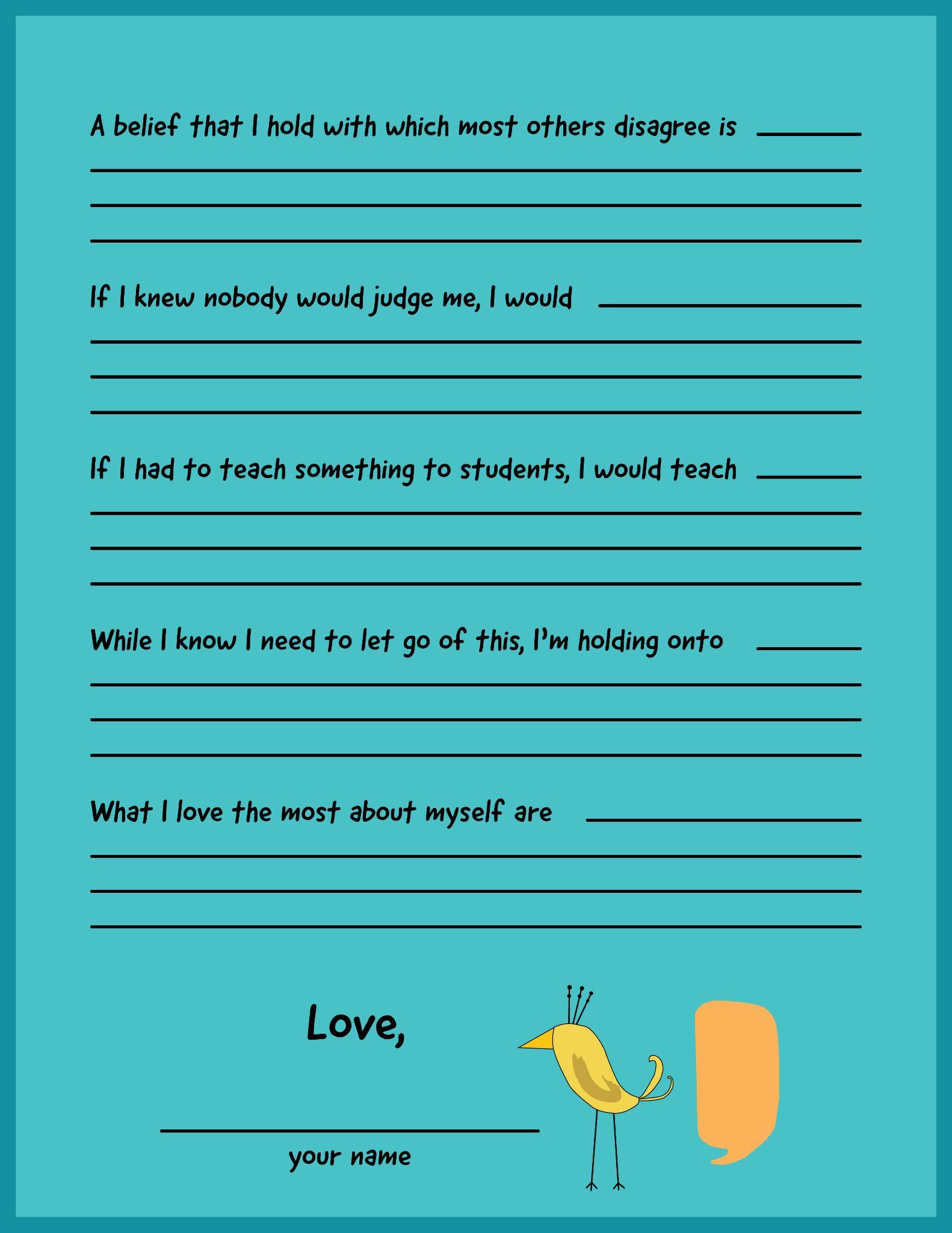
LETTER #2 BY END OF HOMESHARING
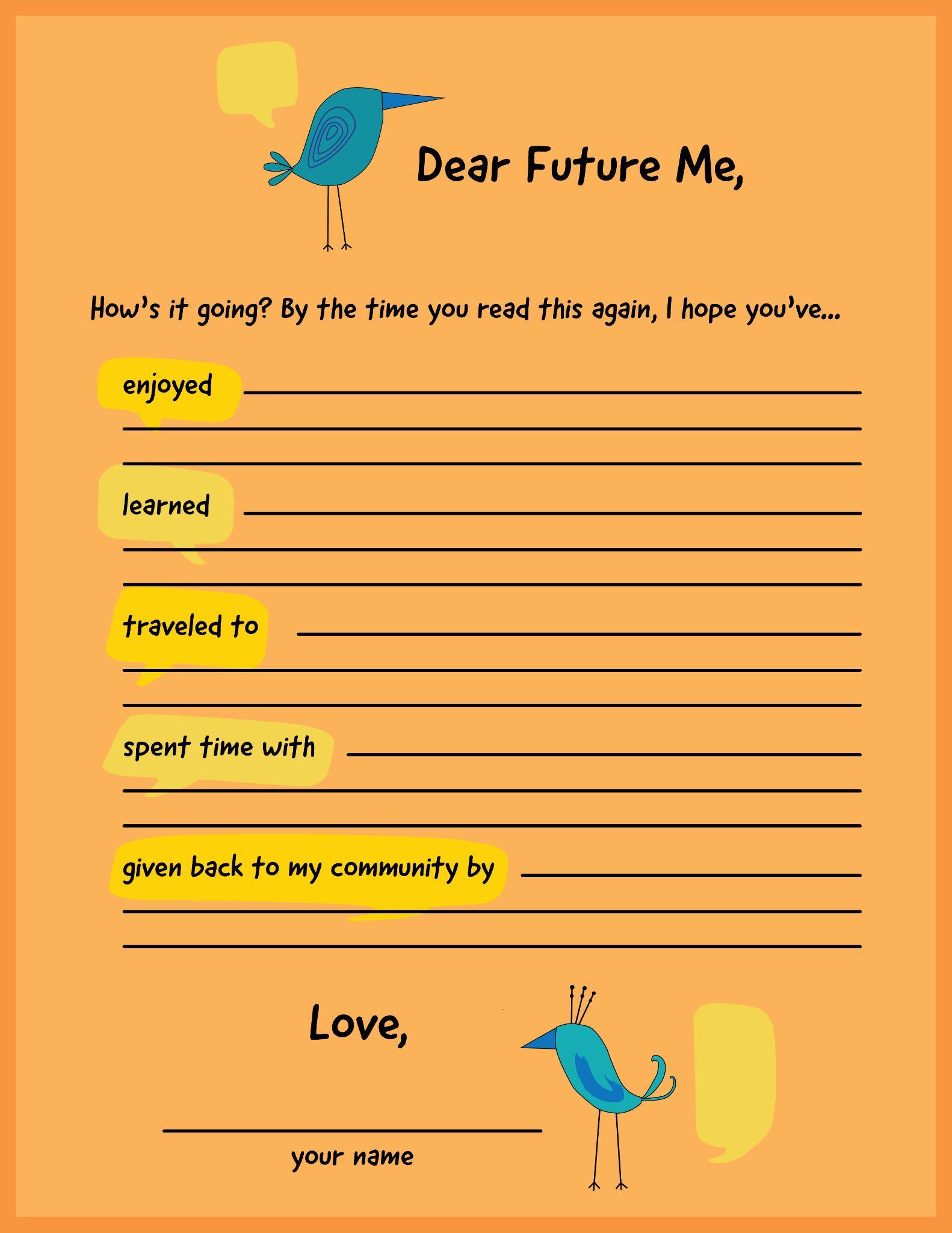



Connect via Digital Time Capsule
After the homesharing ends, HIS-OC will send the participants SMS and emails containing:
3 MONTHS AFTER 6 MONTHS AFTER
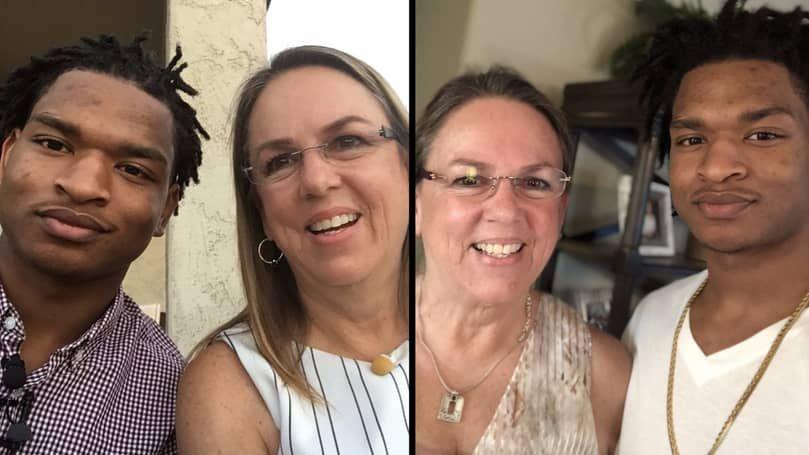

Hey, {recipient}! Oh, how time flies! Just a few months ago, your started homesharing with {partner}.
We bet a lot’s happened since then, so we were thinking …
1. Remember that first “Dear Future Me” letter you wrote yourself a while back? Read it now!
2. Wondering how {partner} is now? Might be nice to reach out to them at {number} or {email}.

How’s it going, {recipient}? How’s {summer / fall / winter / spring } treating you?



Speaking of treats …
1. Treat yourself to some “me” time! Go ahead and read that second “Dear Future Me” letter you wrote last time!

2. Don’t you just love it when someone is thoughtful enough to send you something? How does treating {partner} to a little care package sound?


Reminding participants about their homesharing journey and the intraand inter-personal growth they’ve had from it will strengthen their intergenerational connection Homeowners feeling more fulfilled increases their propensity to share their homes again to others
Fit Check via Personality
Diagramming
PRE-HOMESHARING
Relationship via Empathy Exercise #1
Security via House Rules
DURING HOMESHARING
HIS-OC introduces potential pair to each other
“I want to homeshare with them!”
Crafts Living Together Agreement
Safety via Emergency Binder
Self-Actualization via “Dear Future Me” Letter #1
Empathy Ex #2
Esteem via Gratitude Jar
Empathy Ex #3 “Dear Future Me” #2
POST-HOMESHARING
Basics via Chore Checklist
Connect via Digital Time Capsule
External Mediation via Relationship Manager
Homesharing starts
Ends after 6 months


WHO: Someone highly empathetic and with facilitation skills; maybe an HIS-OC volunteer
WHEN: Bi-weekly check-ins with the participants throughout the homesharing
HOW: Relationship Managers mediate and help the participants navigate conflict and have a fulfilling homesharing experience
WHY: Living together surfaces challenges that sometimes needs external mediation or a fresh perspective—a mediator will bring a human touch to using the kit
WHERE: Virtually or in person at a neutral and safe location
● Getting a Creative Commons license would mean that Birds of a Feather can be used by any homesharing organization of any kind and nature.
● The universality of Birds of a Feather means that it can be used as a facilitator of meaningful conversations across different formal and informal social structures.
● HomeShare OC, in comparison with HomeShare Vermont and Nesterly, does not accept home providers who are not owners. Evaluating the possibility of renters can increase the # of homes available for students.
● Breaking stigmas of homelessness starts by using the appropriate terminology, so stay away from words like ‘homeless’. Replacing it for Student passing for “housing insecurity” could be a good starting point.
● Focus on the value (emotional & financial) this program brings to Older Adults. The current offering is lacking a clear value proposition to Older Adults.

CREDITS: This presentation template was created by Slidesgo infographics & images by
Please keep this slide for attribution. We’d love to hear your feedback and questions!
